De Handstorm Ontwerpaanpak.
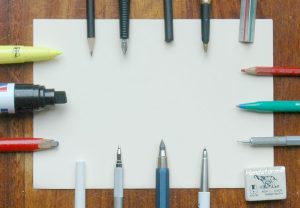
Publicatie voorjaar 2024
DE HANDSTORM-PRINCIPES
Handstorm-principes zijn interventies die tijdens ontwerpbijeenkomsten
professionals verleiden tot creatief en interdisciplinair samenwerken.
De interventies stimuleren niet alleen samen nadenken,
maar ook samen ‘denken met de handen’ door bijvoorbeeld samen probeersels te maken.
Ook stimuleren de interventies professionals van elkaar te leren.
Plaats je muis op de kaarten hieronder om de uitleg te zien

Develop a scenario for a design meeting in advance, by making an appropriate choice from one of the following parameters: aim, participants, tools and control. This leads to a situation in which the facilitator can anticipate a wide variety of situations, which help to achieve the desired outcome. This is because from the start, design activities need a well thought-out framework and name.

Ensure that there are a variety of personalities, team roles and skills available among the participants of the design meeting. This leads to a wealth of knowledge and a multitude of ideas, which can be shared. This is because multiple talents together stimulate each other.
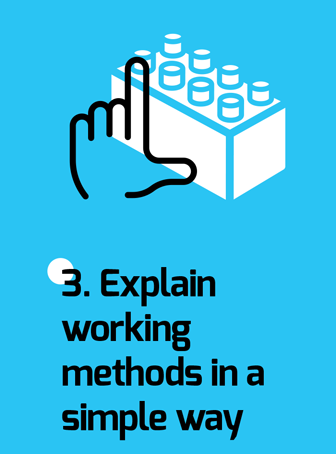
Use or develop the creative skills of the participants by starting with a short creativity exercise, using a common or familiar design. This leads to the creation of better solutions, as the instructions encourage the problem-solving process.
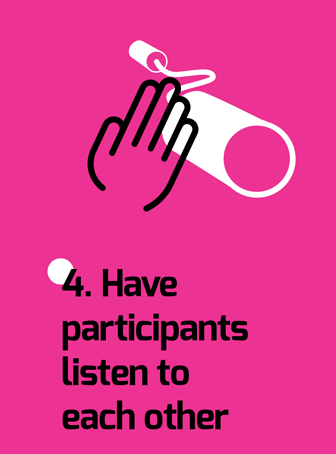
Use methods whereby the participants learn from each other, which lead to a shared result. This occurs because cooperative learning stimulates creative and collaborative working.

When facilitating, also respond to non-verbal input and provide a positive response to any reluctance among members. This leads to the sustained involvement of group members. This is because emotions enhance collaborative processes.
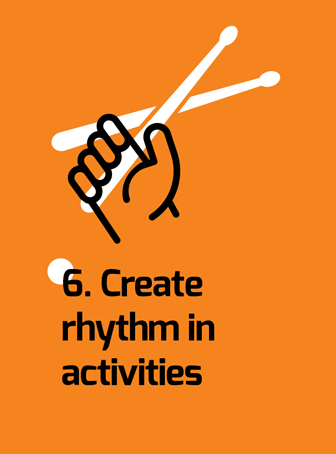
Plan the activities of the design meeting following the basic rhythm; starting, engaging with the problem, reformulating the question, diverging, converging and making plans. This leads to reduced anxiety and indifferent behaviour, as the structure of a creative process consists of the following activities: naming, framing, moving and reflecting.
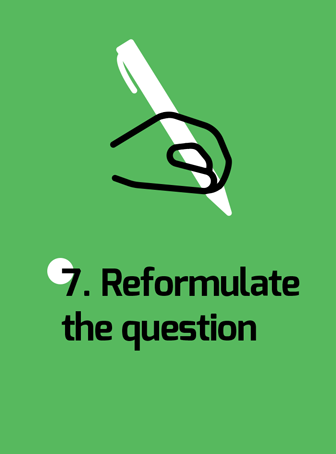
Carefully (re) formulate a question in such a way that will help to resolve the most significant problem. This leads to increased support for the plan, as the structure of a meeting process consists of the following activities: naming, framing, moving and reflecting.
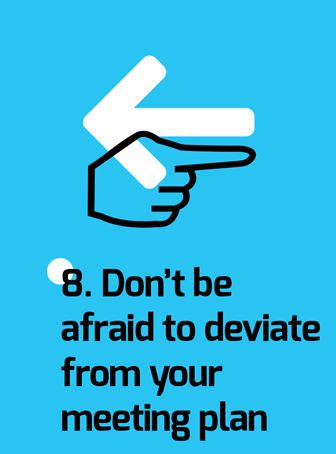
Diverge from the scenario when methods no longer work and choose other activities. This leads to renewed motivation of group members, because changing frames creates ideas.
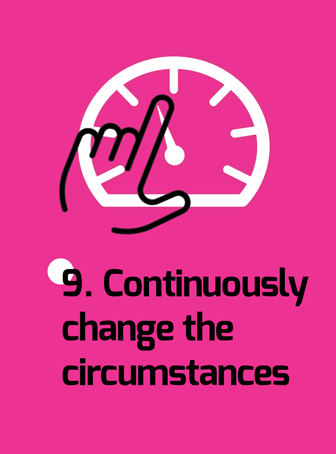
Direct the meeting participants to work in different situations (alone & together, language & signs, active & passive, standing & sitting, sitting in rows & circle, high impact & relaxed, etc.), This leads to increased use of multiple intelligences, as changing frames and using emotions enhance collaborative processes.
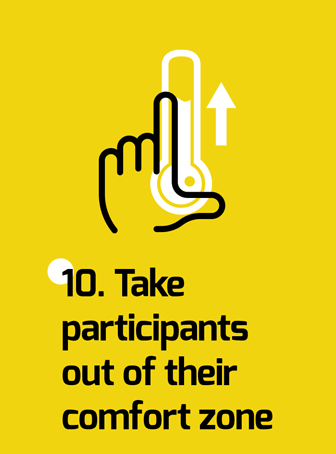
Deliberately encourage the participants to think ‘outside the box’ by using creativity techniques. This leads to increased mental capacity that will allow participants to create new ideas. This is important, as otherwise the personality traits of participants will determine the working style.
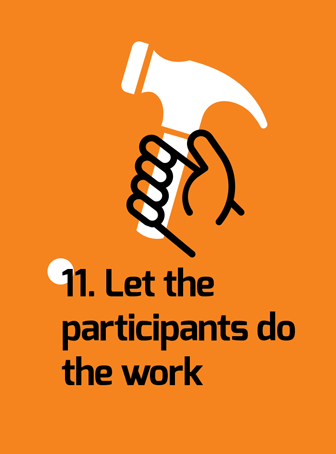
Ensure that the participants independently engage with each other. This leads to freedom for the facilitator to think about the next activities. This shifts the responsibility to the participants and enhances collaborative working.
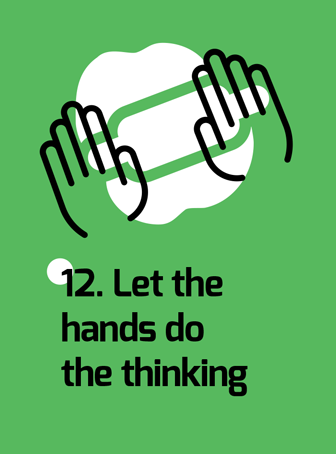
Use hands to visualise ideas. This enables the use of intangible (tacit) knowledge, dreams and feelings. This is because making use of the participants talents enhances their involvement.
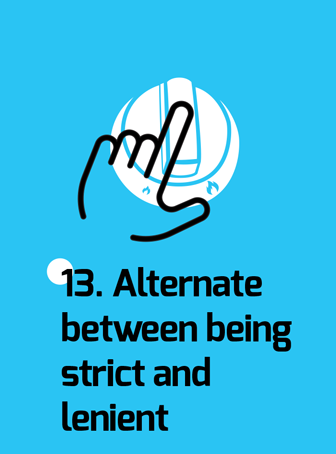
Alternate between taking charge and giving space when facilitating methods. This leads to the sustained attention of the participants, because creating space and taking charge fosters desired performances.

Close the meeting by making a visual plan, which includes the tangible answers to the questions and a reflection by the participants, regarding the process they have undergone, and how they should progress together. This leads to increased involvement in the future, as reflection promotes the progression of the process.
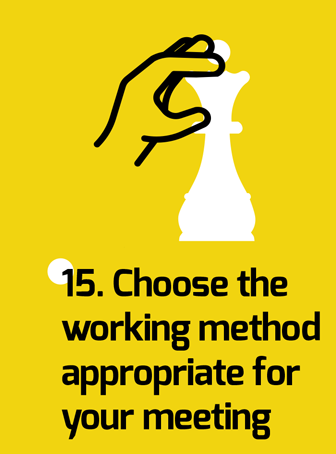
Use the most suitable method. This enables participants to contribute optimally to the ultimate goal. This is important because making use of the participants’ talents enhances involvement.
DE KERNWAARDEN

Leergierigheid
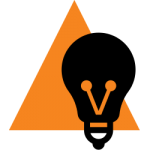
Vindingrijkheid

Speelsheid
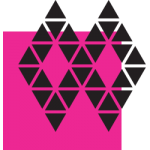
Synergie